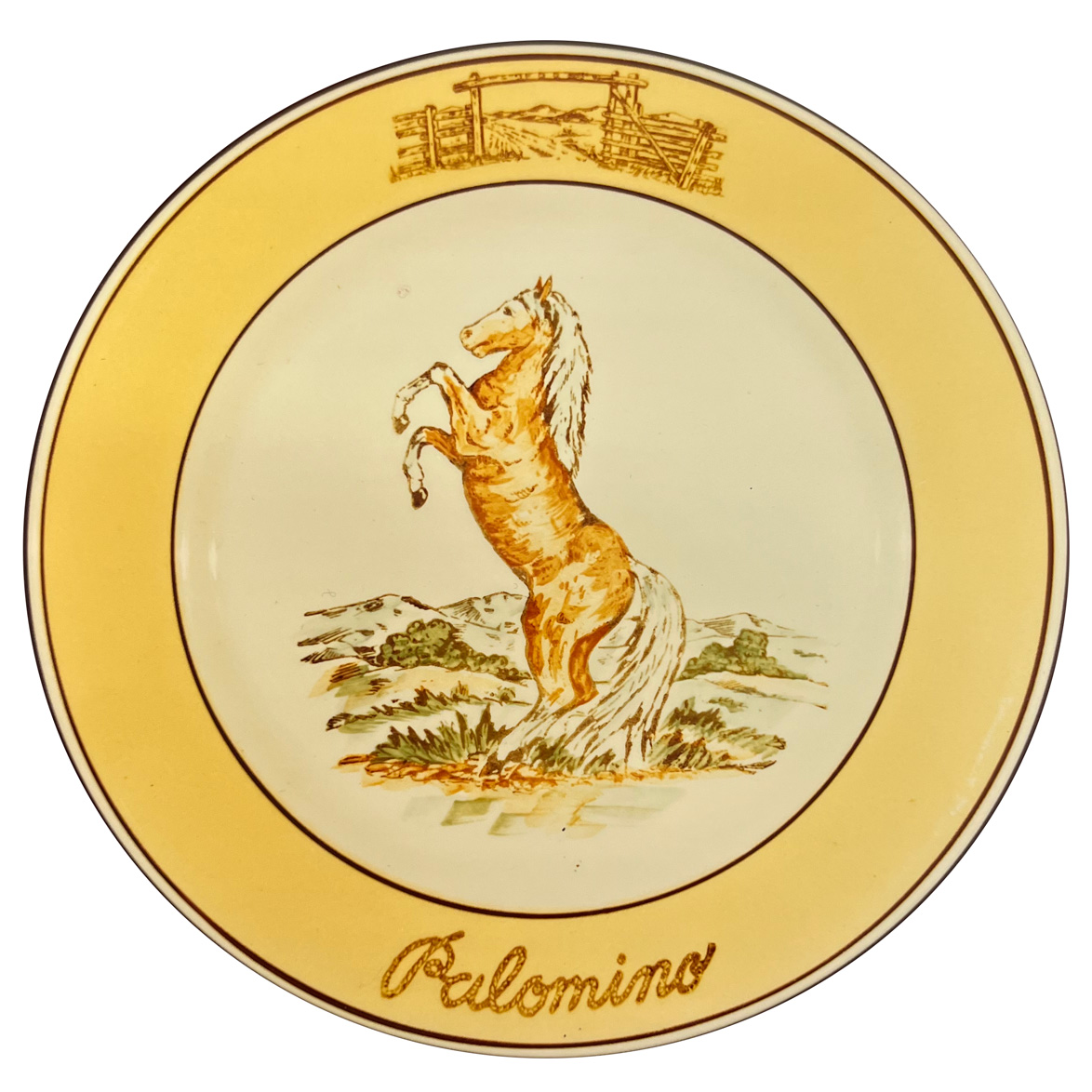Review of the Literature
Richard and Jean Symonds did the pioneering work on Medalta in 19742and considering the information that was available to them at the time they did an excellent job. Not only was the booklet a catalogue of their collection and a price guide, but it was also the first compilation of the many stamps that Medalta used to mark its products over the years.
However, since then many more documents have surfaced, permitting a more detailed chronology of the stamps that Medalta used over the years. In 1981, Ronald Getty and Ester Klaiman did an article3 expanding upon the list of stamps in the Symonds’ book, refining many of the date ranges that had been assigned to the various stamps. Because this article was published in the Material History Bulletin, it did not receive too wide a distribution, particularly among collectors. The Symonds’ book is still the primary reference used by collectors.
The article by Getty and Klaiman also set up a numbering system which in retrospect is not as useful as a straightforward one as used by the Symonds. It used the letters G, M and P to indicate the three different types of stamps - those applied using an oxide over or under the glaze, those in the mould (impressed or embossed ones), and paper labels or decals. The second part of the 3-digit code was a number from 1 to 5 which was used to indicate the decade when the stamp first came into use - one for the 1910s, two for the 1920s and so on. The third part was also a number running from one to infinity for each of the stamps falling into that decade.
While this numbering system worked well at the time, since then more stamps have shown up that cannot be readily placed in time. For that reason, I am going back to a simpler system to identify Medalta’s stamps. It will have a letter to indicate the type of stamping, followed by a number from one to infinity (e.g. G.1, M.1 or P.1).
It is interesting to look at the number of Medalta stamps that have been recorded in the various publications and how this number has grown over the years. The Symonds’ illustrated around 60 different stamps in their 1974 book, and when Getty and Klaiman published their article in 1981, this number had grown to about 103 stamps. Now in 1995, the total is up to 143 different stamp varieties. Admittedly, a good number of the new stamps are in-mould ones that are not too useful for dating purposes, but new oxide ones are still showing up from time to time. Hopefully, by now, we have discovered most of the stamps that Medalta used over the years, but that is what I thought in 1981 and how wrong I was.
Copyright rongetty.com, All Rights Reserved
Login - 216.73.216.38
